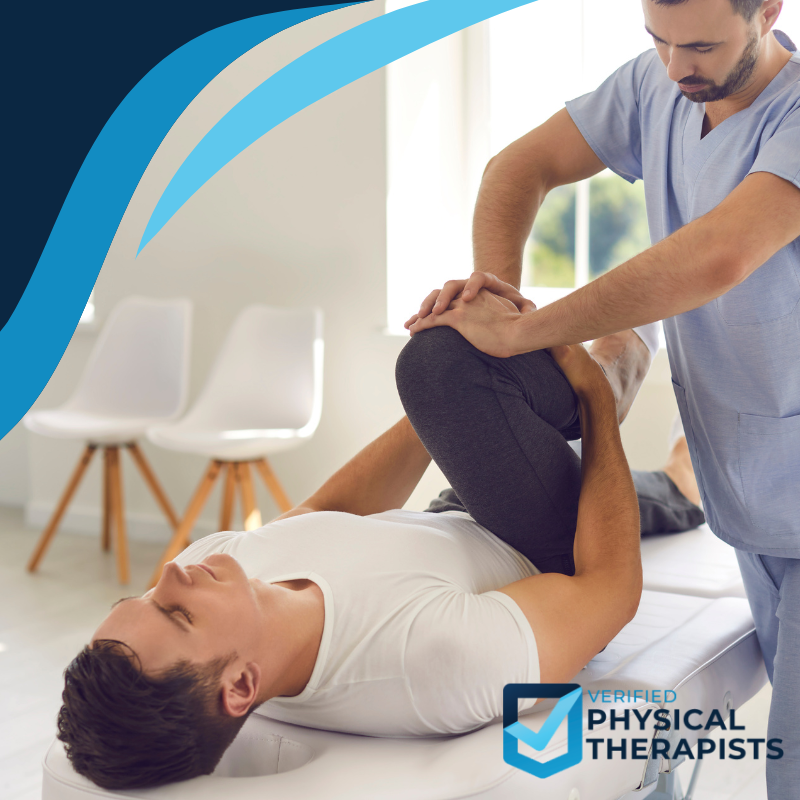
Understanding The Basics Of Physical Therapy
Physical therapy (PT) is a healthcare specialty that focuses on restoring, maintaining, and improving physical function and movement. It is often used to help individuals recover from injuries, manage chronic conditions, or prevent future physical impairments. Whether you are dealing with post-surgical rehabilitation, recovering from a sports injury, or working conditions like arthritis, physical therapy is crucial in improving your quality of life.
The Goals of Physical Therapy
Physical therapy has several key objectives depending on the patient’s specific needs. Some of the primary goals include:
Pain Management: Physical therapists use various techniques such as manual therapy, heat/ice treatments, and electrical stimulation to relieve pain.
Improving Mobility and Flexibility: PT helps patients regain mobility and improve their range of motion through targeted exercises and stretching routines.
Strengthening Muscles: Therapists often design individualized strength-training programs that strengthen weakened muscles due to injury or surgery.
Preventing Future Injuries: In addition to recovery, physical therapy can help patients avoid future injuries by correcting movement patterns and improving overall body mechanics.
Enhancing Balance and Coordination: PT can address these issues through specialized exercises for patients who experience dizziness or have difficulty balancing.
Who Can Benefit from Physical Therapy?
Physical therapy is beneficial for a wide range of individuals and conditions. Common examples include:
Sports Injuries: Athletes recovering from sprains, fractures, or muscle tears often return to physical therapy to regain strength and function.
Post-Surgical Rehabilitation: Physical therapy is critical for restoring normal movement after surgeries like joint replacements or ligament repairs.
Chronic Pain Management: Conditions such as arthritis, fibromyalgia, or back pain can be managed through long-term physical therapy programs.
Neurological Conditions: People with conditions like stroke, Parkinson’s disease, or multiple sclerosis can use physical therapy to improve motor function and independence.
Age-Related Mobility Issues: Older adults dealing with balance issues, osteoporosis, or general weakness can greatly benefit from physical therapy to reduce fall risk and improve quality of life.
What to Expect During Physical Therapy?
Each physical therapy session is customized based on the patient’s needs, but here are some common elements:
Initial Evaluation: A physical therapist will assess the patient’s current physical condition, including mobility, strength, pain levels, and any limitations.
Personalized Treatment Plan: Based on the evaluation, the therapist will create a tailored treatment plan that may include specific exercises, stretches, and manual therapy techniques.
Therapeutic Exercises: These exercises are designed to improve flexibility, strength, and coordination. The therapist will guide the patient through each movement to ensure proper form and effectiveness.
Manual Therapy: Hands-on massage, joint mobilization, or soft tissue manipulation can help reduce pain and increase mobility.
Modalities: Therapists may use additional treatments like heat/cold therapy, ultrasound, or electrical stimulation to enhance healing and pain relief.
Home Exercise Program: A crucial part of physical therapy is continuing exercises at home. Therapists often provide patients with exercises to practice independently to ensure ongoing improvement.
Find Your Physical Therapist Today
Physical therapy is a vital healthcare service that offers a holistic approach to recovery, injury prevention, and long-term management of physical health. With personalized treatment plans, expert guidance, and therapeutic exercises, patients can regain their strength, improve mobility, and live a more active, pain-free life. Whether you’re recovering from surgery, managing a chronic condition, or simply looking to enhance your physical well-being, physical therapy can be a highly effective solution.

